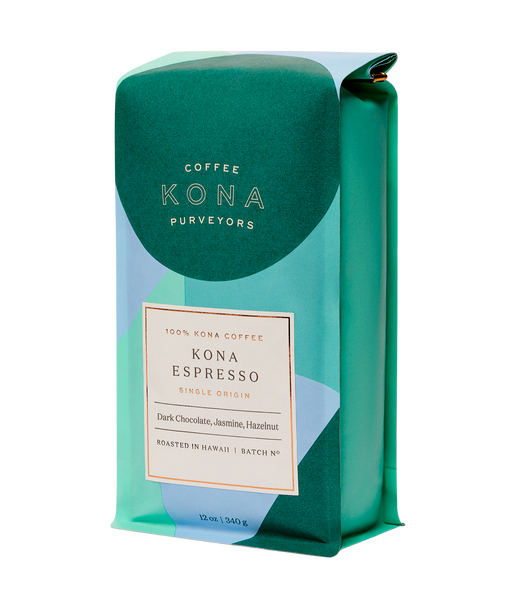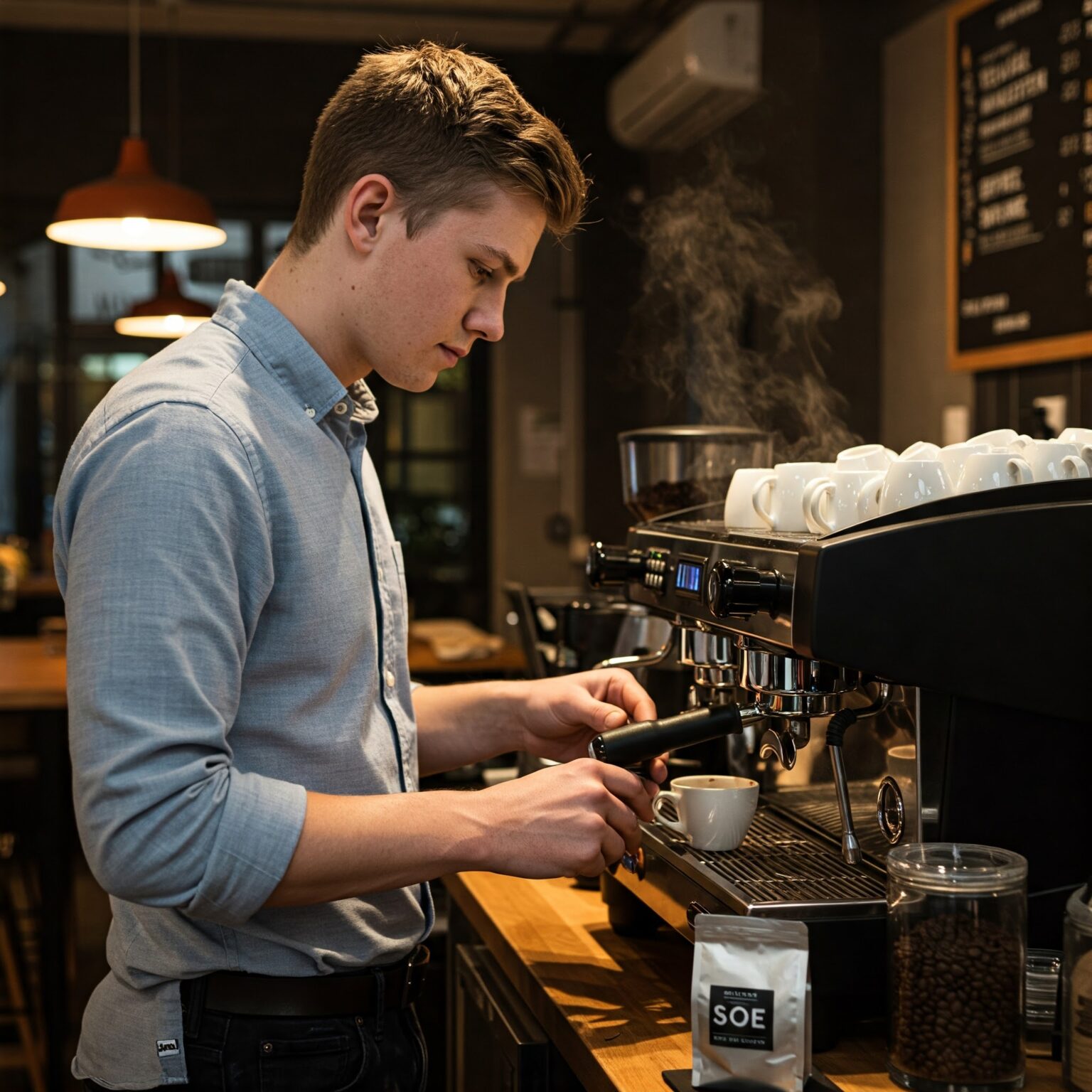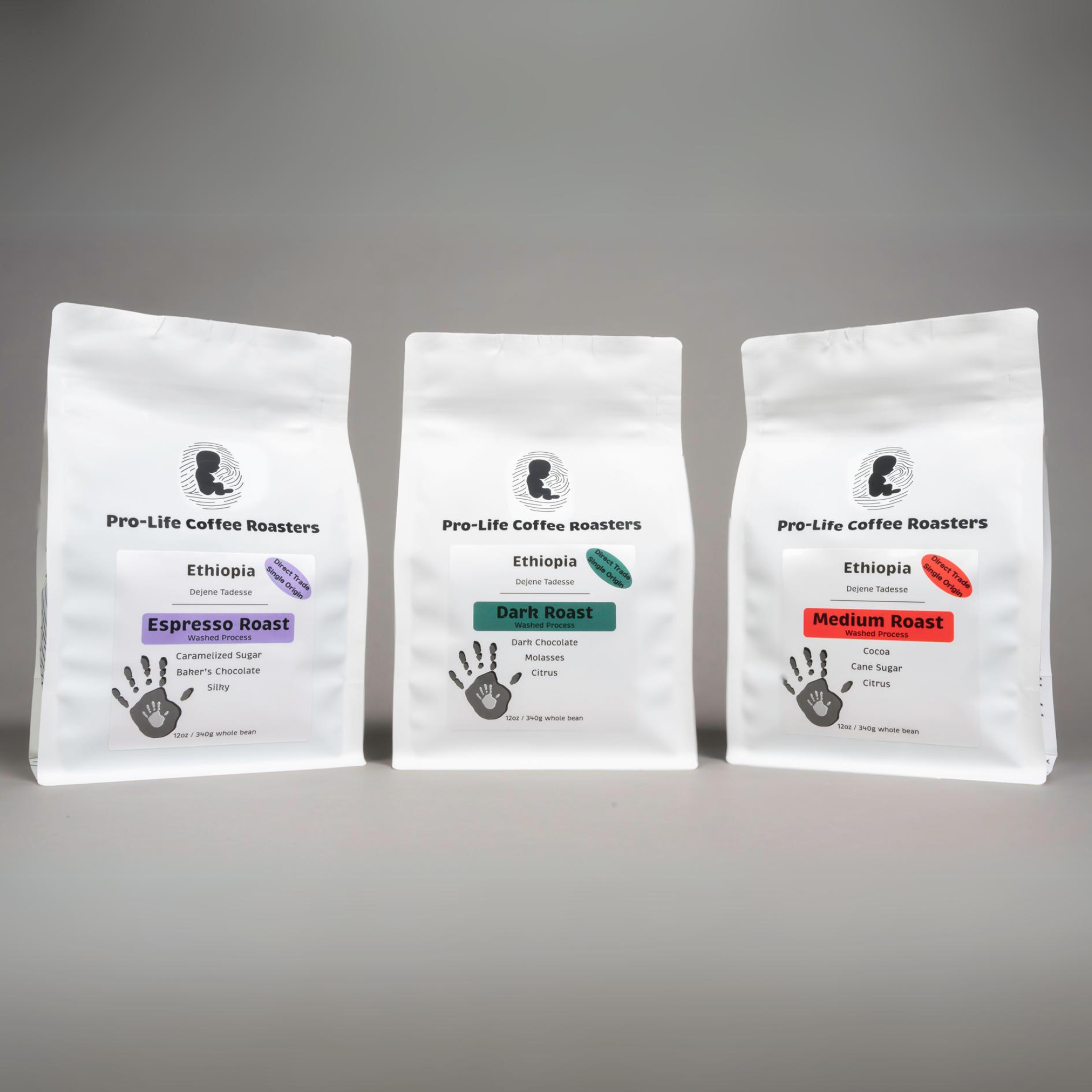Where to Buy Authentic SOE Single Origin Espresso Online
Wiki Article
Recognizing Coffee Beans: the Journey From Coffee to Blended Coffee Beans

The Origins of Coffee: A Worldwide Viewpoint
While you may assume of coffee as a contemporary staple, its beginnings trace back centuries, linking with cultures across the globe. The tale starts in Ethiopia, where tale states a goat herder named Kaldi discovered the energizing results of coffee beans after discovering his goats romping energetically after consuming them.As trade courses broadened, coffee made its way to Europe in the 17th century, promptly gaining popularity. Each culture added its distinct twist to coffee prep work, improving its history.
Farming and Harvesting of Coffee Beans
As coffee's journey evolved, the emphasis changed to the cultivation and harvesting of particular bean ranges, specifically those made use of for espresso. You'll find that espresso beans often originate from Arabica or Robusta plants, each offering distinct tastes. The optimal growing conditions consist of high altitudes and rich, well-drained dirt, which enhance the beans' quality.During the harvest, choosing approaches vary. Timing is essential; you desire to harvest when the cherries reach peak ripeness for maximum flavor.
When collected, the beans are gotten ready for processing, which is important in establishing their last preference. Understanding the farming and gathering procedures gives you understanding into what enters into your favorite espresso, enhancing your gratitude for each mug.
Processing Approaches: From Cherry to Bean
Since you have actually learnt more about gathering espresso beans, let's discover how those cherries change right into the coffee beans you like. You'll see exactly how different harvesting techniques impact taste, followed by the necessary actions of fermentation and drying. We'll break down the milling and grading procedure that determines your coffee's quality.Harvesting Strategies Discussed
When it comes to coffee, comprehending harvesting techniques is important, since they directly influence the flavor and high quality of the beans you enjoy. Careful selecting entails hand-picking just ripe cherries, guaranteeing you obtain the ideal high quality beans. Inevitably, the option of harvesting method can greatly influence your coffee experience, so it's worth recognizing how those beans made it to your cup.Fermentation and Drying Out
After collecting, the next steps in handling coffee beans play a considerable duty in forming their taste. You'll locate that fermentation is vital, as it aids break down the mucilage bordering the beans, enhancing their taste account. Depending upon the approach, this procedure can last from a couple of hours to several days, with varying results based on temperature level and humidity.Sun-drying permits the beans to soak up tastes from the setting, while mechanical drying out warranties regular dampness degrees no matter of weather. Appropriate drying is essential to stop mold and mildew and protect the beans' high quality, inevitably affecting your cup of coffee.
Milling and Grading Process
As fermentation and drying set the stage for flavor growth, the milling and grading procedure warranties that just the finest coffee beans make it to your cup. This phase includes getting rid of the external layers of the coffee cherry, consisting of the parchment and husk. High-quality beans obtain a higher quality, resulting in a richer coffee experience.Toasting Strategies: Unlocking Taste Potential
When you roast coffee beans, the technique you pick can drastically affect the flavor account. Understanding the relationship in between time, temperature level, and roasting methods is key to exposing the possibility of your brew. Let's explore just how these components integrated to develop the ideal mug.Roasting Approaches Described
While you may assume that all coffee toasting methods generate the very same results, the truth is that each strategy exposes unique taste possibilities in the beans. You can choose in between approaches like drum roasting, air roasting, and even conventional frying pan roasting. Drum roasting makes use of a revolving drum to uniformly disperse heat, improving caramelization and creating a well balanced taste. Air roasting, on the various other hand, circulates hot air around the beans, advertising a lighter roast with noticable level of acidity. Pan toasting permits hands-on control yet needs consistent attention to avoid burning. Each approach has its subtleties, so try out different techniques can help you discover the perfect roast that lines up with your taste preferences. Appreciate the journey of locating your optimal mug!
Influence On Flavor Account
Various roasting methods not just affect the procedure yet likewise substantially impact the taste profile of the coffee beans. When you choose a light roast, you'll experience intense acidity and floral notes, showcasing the bean's origin. On the other hand, a tool roast equilibriums level of acidity with sweetness, often exposing chocolatey touches. Dark roasts, on the other hand, bring out vibrant, smoky flavors, sometimes masking the bean's distinct characteristics. Each strategy exposes different oils and compounds, resulting in a variety of tastes. By try out numerous roasting styles, you can find which profiles resonate with your taste. Comprehending these subtleties helps you value the creativity behind your cup of coffee, improving your total experience with every sip.Time and Temperature Level Factors
To release the full flavor capacity of coffee beans, both time and temperature during the toasting procedure play substantial duties. When roasting, you'll locate that greater temperatures can promptly develop flavors, yet if you hurry it, you SOE could wind up with charred notes. Alternatively, reduced temperatures permit for a more gradual flavor development, showcasing the beans' distinct qualities.
Timing is equally as vital; expanding the roast also long can result in a loss of level of acidity and brightness, while too short a roast could leave the beans underdeveloped. Discovering that sweet area calls for practice and trial and error. By changing these variables, you can expose the abundant, complex tastes concealed within each bean, producing an absolutely amazing coffee experience.
The Art of Mixing: Crafting Unique Coffee Accounts

Start by choosing a base coffee that supplies a strong foundation. After that, pick complementary beans to improve specific taste notes. An intense Ethiopian bean can bring fruitiness, while a rich Brazilian coffee adds body. Experimentation is crucial-- do not hesitate to change proportions until you discover your perfect profile.
As you blend, bear in mind that each mix informs a story. You're not simply making coffee; you're creating an experience. Take your time, taste frequently, and take pleasure in the trip of finding your signature blend - Single Origin Espresso.
Brewing Approaches: How Prep Work Affects Flavor
Blending coffee opens a domain of taste opportunities, yet exactly how you make that mix can considerably affect your last cup. Different brewing approaches remove one-of-a-kind tastes and fragrances, so it's vital to pick intelligently. As an example, a French press permits sediments and oils to remain, developing an abundant, robust experience. On the other hand, a pour-over highlights the coffee's clearness and brightness, excellent for showcasing fragile notes.Espresso, with its high pressure, generates a concentrated shot that accentuates sweetness and crema. If you choose a lighter brew, think about a cold brew approach; it generates a smooth, much less acidic taste.
Ultimately, trial and error is crucial. Readjusting variables like water temperature level, grind size, and brew time can change your coffee's account. So, accept the art of developing to find the flavors hidden in your coffee blends. The right method can raise your experience to new elevations.
The Future of Coffee: Sustainability and Development
As the coffee sector evolves, sustainability and advancement are becoming crucial for attending to ecological challenges and meeting consumer needs. You'll see that more coffee firms are embracing green methods, from sourcing beans fairly to implementing sustainable farming strategies. These shifts not just aid the world but likewise enhance the top quality of the coffee you appreciate.You could see advancements like naturally degradable packaging and water-saving brewing techniques that lower waste. Advanced innovation, such as blockchain, is likewise coming to be popular, making sure openness in the supply chain, which permits you to map your coffee back to its beginnings.
In addition, investing in regional communities and supporting farmers with reasonable profession campaigns cultivates an extra lasting coffee environment. As you sip your next mug, keep in mind that your options can add to a brighter future for coffee. By going with lasting brand names, you're not simply enjoying a beverage; you're making a positive influence on the world.
Regularly Asked Questions
What Is the Distinction Between Arabica and Robusta Beans?
Arabica beans are smoother, sweeter, and have a greater level of acidity, while robusta beans are stronger, much more bitter, and have more caffeine. You'll see these differences in taste and scent when brewing your coffee.How Does Elevation Affect Coffee Bean Flavor?
Altitude influences coffee bean flavor considerably. Greater elevations produce beans with brighter level of acidity and facility flavors, while lower elevations often yield beans that are larger and much less nuanced. You'll observe these distinctions in your cup!What Are the Wellness Perks of Drinking Coffee?
Consuming alcohol coffee can improve your energy, boost mental emphasis, and even boost physical performance. It's abundant in anti-oxidants, may decrease the risk of specific diseases, and can promote a much healthier metabolic rate when consumed in small amounts.Can Coffee Beans Be Reused for Brewing?
Yes, you can recycle coffee beans for developing, but the flavor might be weak. If you enjoy exploring, attempt recycling them in different ways, like cool mixtures or adding to smoothie mixes for an additional kick.How Should I Store Coffee Beans for Freshness?
To maintain your coffee beans fresh, keep them in an impermeable container in a trendy, dark place. Avoid subjecting them to heat, wetness, or light, as these aspects can swiftly weaken their taste and aroma.Comprehending Coffee Beans: the Journey From Coffee to Blended Coffee Beans.
Currently that you have actually found out concerning harvesting espresso beans, let's discover how those cherries change into the coffee beans you love.When you roast coffee beans, the method you select can dramatically impact the flavor account - Single Origin Espresso.While you might believe that all coffee toasting techniques generate the very same outcomes, the fact is that each technique discloses special taste possibilities in the beans.Different roasting approaches not only affect the procedure yet additionally considerably impact the flavor account of the coffee beans
Report this wiki page